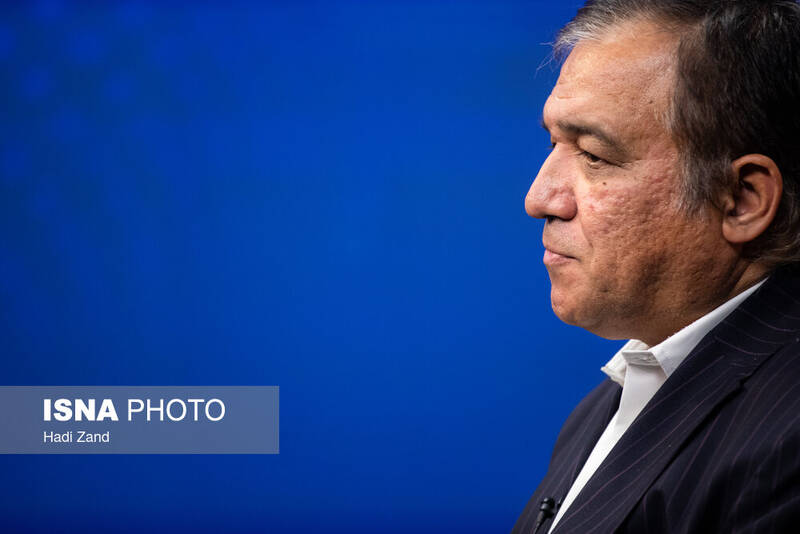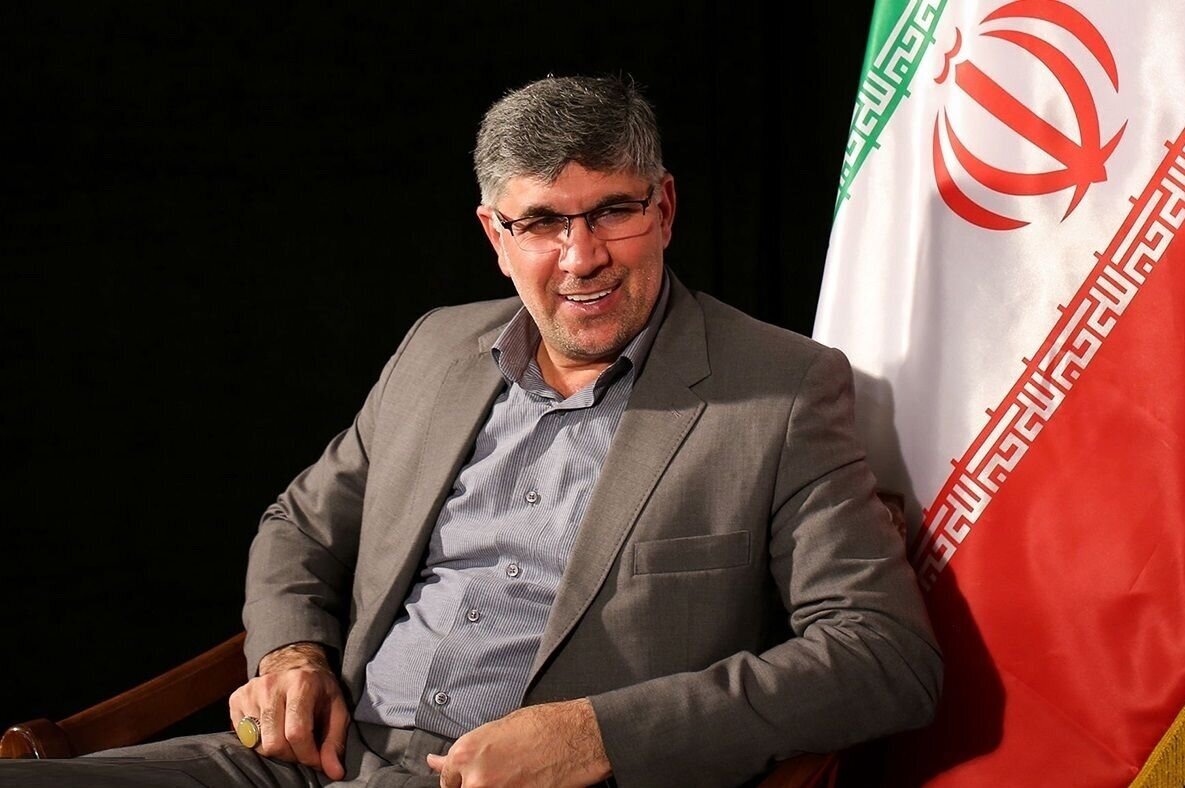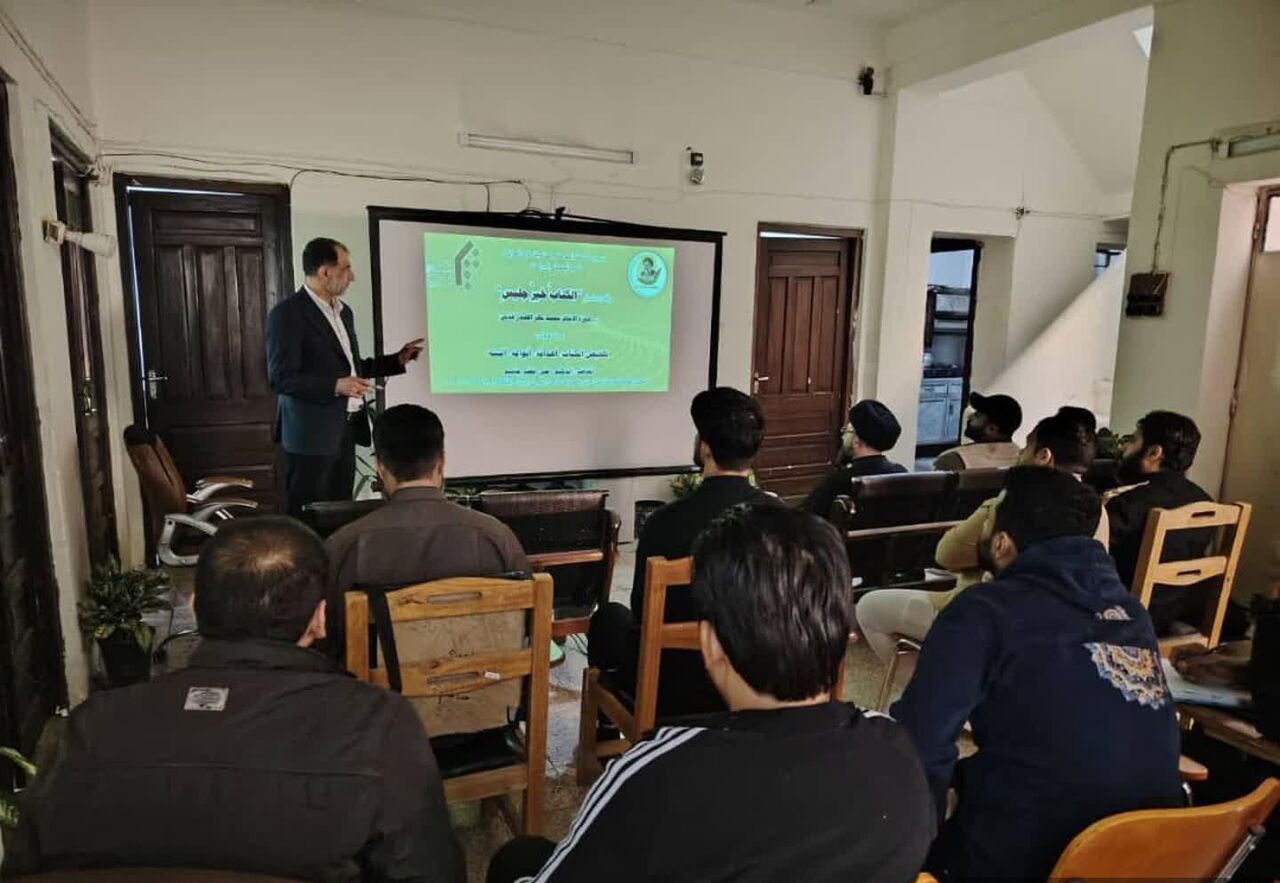Why Pakistan and the Taliban are at war with each other
Why Pakistan and the Taliban are at war with each other

A 48-hour ceasefire between the Taliban administration and Pakistan has offered a brief, uneasy calm along one of the world’s most volatile frontiers.
In theory, the truce is a reprieve, a moment for guns to fall silent and dust to settle after days of fierce fighting that killed dozens of soldiers and civilians on both sides. In practice, however, it feels less like peace and more like an intermission in an unfinished conflict.
For several days leading up to the ceasefire, the 2,640-kilometre Afghanistan-Pakistan border, known as the colonial-era Durand Line, echoed with heavy gunfire.
Witnesses describe the scale of violence as unprecedented in recent years. “The situation has moved from minor skirmishes to a regular war-like situation,” said Muhammad Achakzai, a Pakistani trader living near the Spin Boldak-Chaman crossing.
That sentiment reflects a growing unease - the realisation that the latest fighting marks more than routine border quarrels over territory or new security outposts. The friction has evolved into something deeper and more systemic, signalling a dangerous shift.
Analysts caution that the truce does little to address the fundamental crisis underlying the violence - the resurgence of militancy within Pakistan. This wave of violence is inseparably tied to the Taliban’s return to power in Afghanistan in August 2021, following the withdrawal of US forces. What was once celebrated in Islamabad as a strategic victory has since turned into a security nightmare.
Instead of securing its western frontier, Pakistan now faces a border defined by hostility and blowback, centred on allegations that the Taliban administration in Kabul is sheltering the Tehrik-e-Taliban Pakistan (TTP), a banned militant organisation responsible for hundreds of attacks on Pakistani soil.
The consequences are stark. According to the Global Terrorism Index (GTI), Pakistan now ranks as the world’s second most terrorism-affected country, behind only Burkina Faso.
Fallout from the Taliban’s return
When the Taliban seized Kabul in August 2021, shockwaves extended well beyond Afghanistan’s borders. In Pakistan, the repercussions have been particularly acute.
The Taliban’s victory emboldened a spectrum of militant groups - from Islamist militants like the TTP and Islamic State Khorasan Province (ISKP), the Islamic State’s regional affiliate for Afghanistan and Pakistan, to ethno-separatist factions such as the Baloch Liberation Army (BLA), which also targets Chinese interests in Pakistan.
'Since 2021, the TTP has re-emerged as Islamabad’s most potent domestic threat'
- Muhammad Amir Rana, Pak Institute for Peace Studies
By 2020, Pakistan had witnessed a steady decline in militant attacks thanks to sustained military campaigns since 2014, US drone strikes that killed key leaders, and internal divisions within extremist networks. But this progress unravelled swiftly after Kabul’s fall.
A revitalised TTP regrouped and expanded, consolidating splinter factions and absorbing al-Qaeda’s local affiliates. The group intensified attacks across Khyber Pakhtunkhwa (KP), while Baloch separatists launched increasingly sophisticated assaults, including "suicide bombings" involving women.
Terrorist attacks in Pakistan surged last year to their highest levels since 2015, driven largely by TTP operations, according to the Pak Institute for Peace Studies (PIPS), an Islamabad-based security think-tank.
“Since 2021, the TTP has re-emerged as Islamabad’s most potent domestic threat,” Muhammad Amir Rana, PIPS’s director, told Middle East Eye. “Its campaign of suicide bombings, assassinations, and ambushes has revived memories of Pakistan’s bloodiest years.”
Meanwhile, the ISKP, pushed out of Afghanistan by the Taliban administration, has established footholds in Pakistan.
“ISKP has carved out footholds in the area (Pakistan’s northwest) after the Taliban administration’s crackdown in Afghanistan pushed many fighters across the border,” Dr Aamer Raza, an academic at the University of Peshawar studying regional conflicts, told MEE.
“It has carried out several attacks on Pakistan’s Islamist parties due to their pro-democracy stance and closeness to the Afghan Taliban, government officials, and religious minorities.”
Taliban caught between ideology and survival
The escalating tensions have laid bare a profound policy dilemma for the Taliban administration. Kabul faces a stark choice: address Pakistan’s security demands by curbing the TTP or risk triggering internal fractures among its own fighters.
Officially, the Taliban government denies harbouring foreign militants, portraying Pakistan’s security problems as internal. Privately, however, officials acknowledge that any military campaign against the TTP could be disastrous.
The primary obstacle lies in ideological kinship. As analysts point out, the TTP is “essentially a faction of the Taliban”, bound by shared ideology, family links, and years of joint combat.
Many Taliban officials refer to Pakistani militants as “muhajireen”, a term historically used for those who sought refuge, in this case, within eastern Afghan provinces, after Pakistan’s major counterterrorism campaigns such as Operation Zarb-e-Azb in 2014.
“The Taliban regime views the TTP not as terrorists but as ideological kin and historical battlefield allies,” according to Shabbir Ahmed, an Afghan journalist now based in Paris.
“This kinship stems from a history of shared sacrifice: TTP fighters had fought and died alongside the Afghan Taliban against US forces.”
Analysts say this sense of brotherhood explains why increasing numbers of the Taliban’s rank-and-file fighters are believed to be joining or assisting TTP units in cross-border operations against Pakistan.
“Despite Supreme Leader Mullah Haibatullah Akhundzada’s reported directive forbidding Taliban members from fighting outside Afghanistan, enforcement remains inconsistent, especially in regions where personal and tribal loyalties blur the line between ideology and allegiance,” Ahmed told MEE.
Afghan officials fear that turning against the TTP could provoke mutiny. “A heavy-handed move against the TTP could drive fighters into the arms of the rival ISKP,” one Kabul-based Taliban official told MEE privately last year.
He said that the Taliban administration, already locked in a bitter conflict with ISKP, cannot afford a second front of internal dissent.
Islamabad’s harder line and escalation
Frustrated by what it perceives as Kabul’s unwillingness or inability to rein in the TTP, Islamabad has shifted from diplomatic caution to coercive pressure, a mix of military strikes, economic levers, and demographic tactics.
Pakistan’s military now conducts air strikes inside eastern Afghanistan, targeting what it claims are Pakistani militant hideouts. A senior Pakistani official in Islamabad describes this approach as a “doctrine of reciprocal deterrence”, a strategy premised on the belief that any attack traced to Afghan soil will be met with direct cross-border retaliation.
In parallel, Pakistan has moved to expel more than one million undocumented Afghans since September 2023, describing the move as an exercise of “sovereign right”. The decision has drawn international criticism but underscores Islamabad’s intent to pressure the Taliban economically and politically.
Other measures include tightening visa rules at the Spin Boldak-Chaman border crossing and tightening transit trade to landlocked Afghanistan, steps that have effectively pushed Kabul to diversify its trade routes and rely more heavily on Iran’s Chabahar port.
'Although the Taliban government does not truly represent the Afghan people, their retaliatory response was widely appreciated'
- Kabul-based journalist
The latest flare-up marks a dangerous new phase. The crisis was triggered by two explosions in central Kabul and an air strike on a market in Afghanistan’s Paktika border province on 9 October, following a series of back-to-back assaults on Pakistani security forces in KP that left several officers dead.
The Taliban administration accused Pakistan of orchestrating both incidents - claims Islamabad has neither confirmed nor denied. In response, the Taliban launched retaliatory attacks on Pakistani border posts. “These were retaliatory attacks,” said Zabihullah Mujahid, the Taliban’s chief spokesman, in a press conference in Kabul.
Fighting raged for days until a ceasefire was negotiated, reportedly at the urging of Qatar and Saudi Arabia. But violence resumed within days. On 15 October, Pakistan carried out air strikes in Kandahar, the Taliban movement’s political heartland, hours before the ceasefire was formally declared.
“Many Afghans felt that Pakistan’s strike on Kabul was, in a sense, an attack on Afghanistan’s history and identity, and it politically benefited the Taliban regime,” a Kabul-based journalist, requesting anonymity for security reasons, told MEE.
“Although the Taliban government does not truly represent the Afghan people, their retaliatory response was widely appreciated within Afghanistan,” he added.
Ahmed, the Afghan journalist, noted that many Afghans had long viewed the Taliban’s conflict with Pakistan as “artificial”, given Islamabad’s decades of support for the movement and its recognition of the first Taliban government from 1996 to 2001.
“To dispel that perception, the Taliban launched counterattacks against Pakistan despite their limited resources,” he said.
Uncertain endgame
For Pakistan, the prospect of sustained confrontation on its western frontier comes at a time of economic strain and domestic instability. Analysts warn that Islamabad risks being drawn into a long, costly conflict.
“The Taliban are weak in conventional warfare. Pakistan has superiority in drones, jets, and technology,” Dost Muhammad Barrech, an academic at the University of Balochistan, Quetta, told MEE. “But the Taliban have extensive experience in asymmetrical warfare, having fought the United States for years. That is why they back the TTP against Pakistan.”
Ahmed echoed that concern. “Launching a full-scale conventional war on Afghanistan might be an open invitation to a protracted guerrilla war in KP and Balochistan,” he said.
“Afghanistan lacks the technology and military capacity to meet such a force on equal terms,” he continued, “but it can send TTP and its own fighters to carry out suicide and other attacks inside Pakistan.”
The consensus among regional analysts is that tensions will continue to simmer and that both sides have strong incentives to avoid, but not resolve, war.
For Pakistan, escalation risks worsening an already fragile economy and intensifying domestic unrest. For the Taliban, retaliation serves as proof to their own ranks that they can stand up to external pressure.
“Yet the core issue remains unresolved: until Kabul acknowledges the TTP’s presence and acts decisively against it, Islamabad’s security concerns will persist,” said Barrech.
For now, Islamabad has shifted decisively from cautious diplomacy to a more assertive military approach. The ceasefire may buy time for international mediation, perhaps from China, Qatar, or Saudi Arabia, but absent a structural change in Kabul’s approach, “the border will remain a barrel of gunpowder,” according to the Pakistani security official.
The fall of Kabul in 2021 continues to cast a long shadow. What was once hailed in Pakistan as a strategic victory now stands as the origin of its most complex and dangerous national security crisis in decades.













